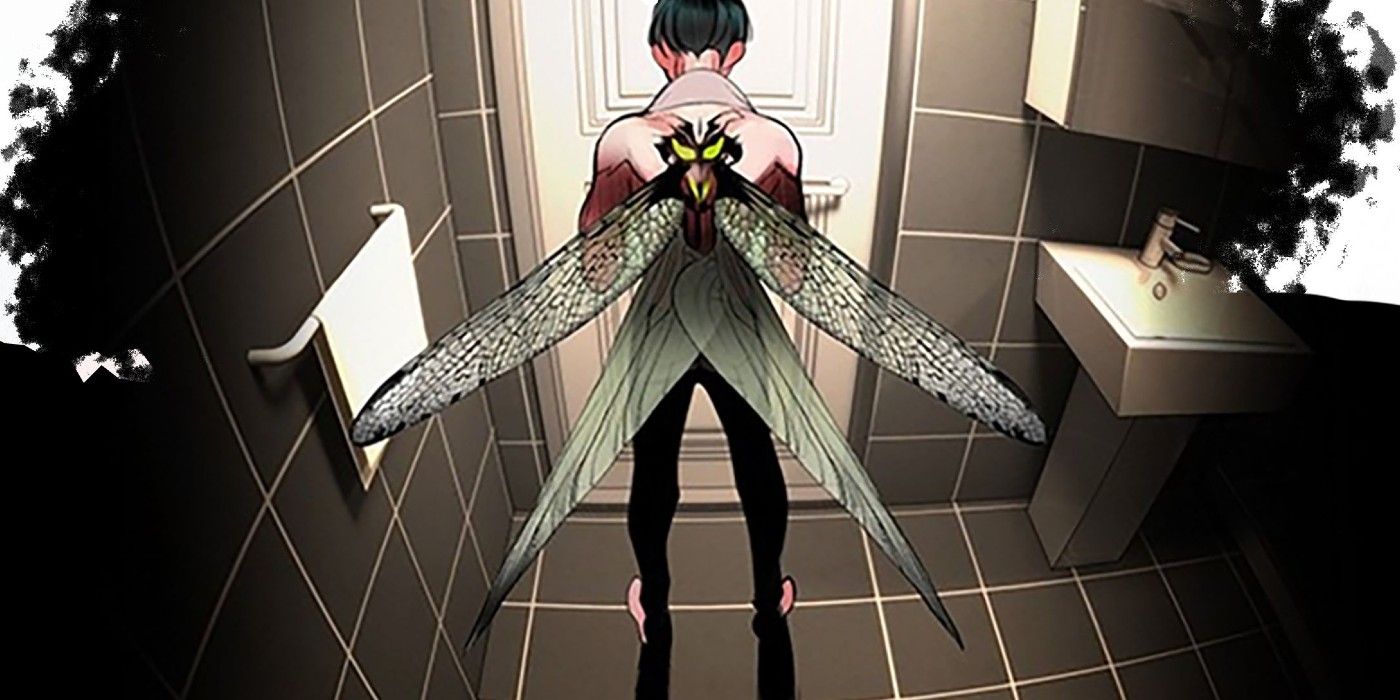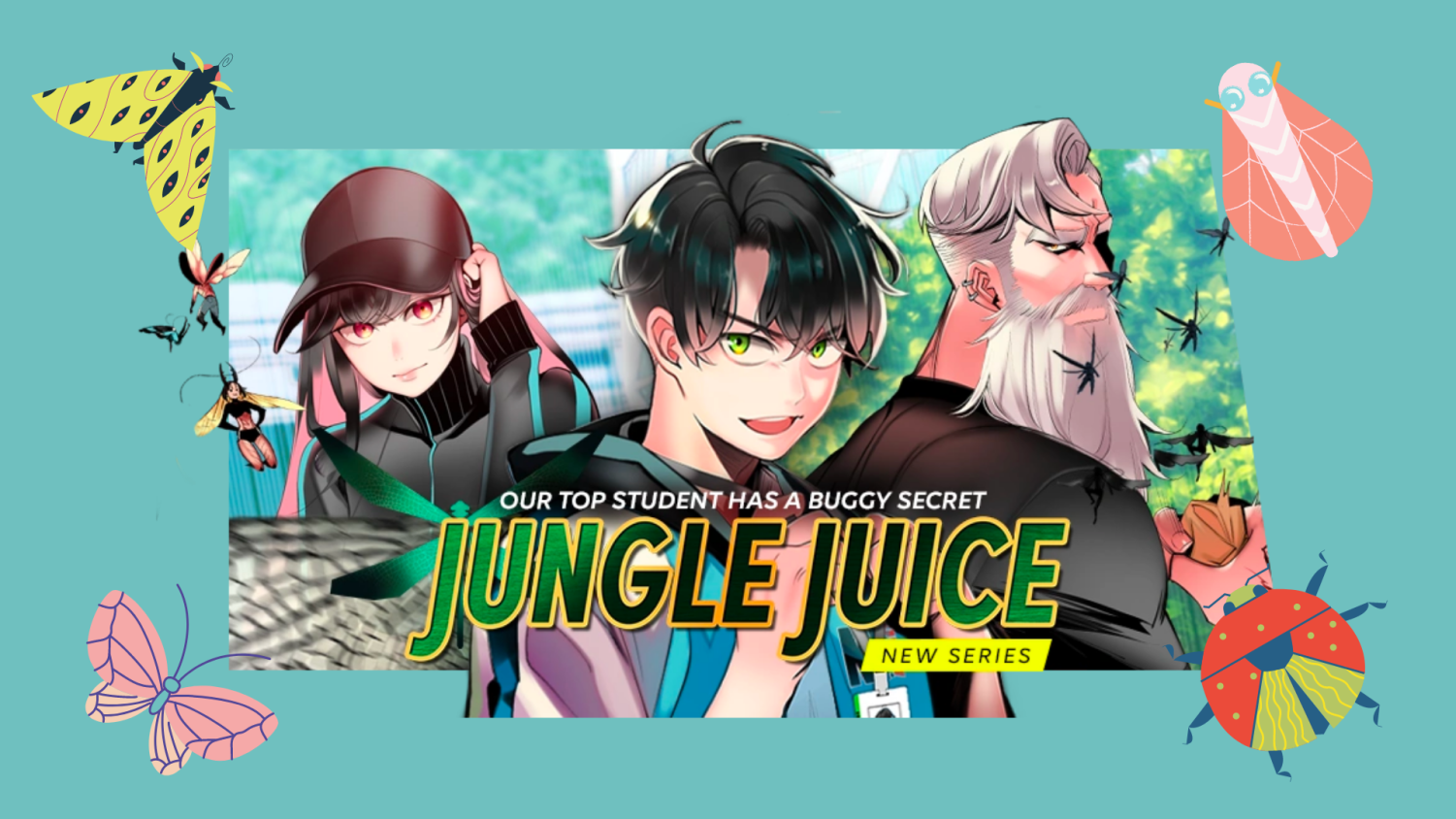Jungle juice chapter 110 – In the literary realm, “Jungle Juice” Chapter 110 stands as a captivating narrative that unfolds with intricate details and profound themes. This chapter propels the story forward with captivating character dynamics, evocative symbolism, and a writing style that leaves a lasting impression.
The chapter delves into the depths of survival, sacrifice, and the duality of good and evil. Through its rich tapestry of symbolism, the author invites readers to explore the complexities of human nature and the challenges faced in a world on the brink of chaos.
Story Summary and Character Analysis: Jungle Juice Chapter 110

Chapter 110 of Jungle Juice marks a pivotal moment in the narrative, as the conflict between the protagonists and antagonists intensifies and character arcs reach new heights.
Main Characters
- Ray: The protagonist, a young man who is struggling to find his place in the world.
- Kim: Ray’s best friend and confidant.
- David: The antagonist, a ruthless and ambitious businessman.
In this chapter, Ray’s determination to expose David’s corruption grows stronger. He faces numerous obstacles, including David’s wealth and influence. Kim provides unwavering support, while David remains a formidable adversary, driven by his greed and desire for power.
Character Development
Ray’s character undergoes significant growth in this chapter. His initial reluctance to confront David transforms into a resolute determination to fight for justice. He realizes that standing up for what is right is more important than his own safety or well-being.
David, on the other hand, becomes increasingly desperate and ruthless as his plans unravel. His ambition blinds him to the consequences of his actions, and he resorts to underhanded tactics to maintain his control.
Theme Exploration and Symbolism
Chapter 110 delves into profound themes that shape the narrative’s core, examining the human struggle for survival, the weight of sacrifice, and the enigmatic nature of evil.
Survival and Sacrifice
- The characters face relentless challenges that test their limits, forcing them to grapple with the primal instinct to survive. Their desperation drives them to make difficult choices, often involving personal sacrifice for the greater good.
- The chapter explores the moral dilemmas associated with survival, highlighting the complexities of balancing self-preservation with compassion and loyalty.
The Nature of Evil
The chapter confronts the multifaceted nature of evil, presenting it not as a monolithic entity but as a complex and insidious force that manifests in various forms.
- The characters encounter individuals who embody different shades of evil, from the manipulative and cunning to the outright sadistic. These encounters challenge their preconceptions and force them to confront the darkness that resides within themselves.
- The chapter delves into the psychological and philosophical implications of evil, exploring its origins, motivations, and the ways in which it can corrupt and destroy.
Symbolism
Symbolism plays a pivotal role in enhancing the storytelling and conveying deeper meanings in Chapter 110.
In the depths of the jungle, the adventure continues in Jungle Juice Chapter 110, where the protagonist faces a perilous encounter. Amidst the towering trees and untamed wilderness, their determination echoes the intrepid spirit of Riko and Reg in Made in Abyss Chapter 67 . As the sun dips below the horizon, casting an eerie glow upon the jungle, the protagonist’s resolve remains unshaken, driven by an insatiable thirst for discovery and the unyielding pursuit of their destiny in Jungle Juice Chapter 110.
- The oppressive jungle itself serves as a symbol of the characters’ inner struggles and the external forces that threaten to consume them.
- The use of light and darkness represents the battle between good and evil, with the characters grappling with the shadows that haunt their souls.
- Recurring motifs, such as wounds and scars, symbolize the physical and emotional trauma endured by the characters, shaping their identities and driving their actions.
Narrative Structure and Writing Style
Chapter 110 of “Jungle Juice” unfolds with a dynamic narrative structure and an immersive writing style that enhances the reader’s experience.
The explosive conclusion of Jungle Juice Chapter 110 leaves readers on the edge of their seats, eager for more. While we wait for the next chapter, let’s explore the captivating world of Shadow Slave Chapter 1 , a thrilling tale that will keep you spellbound from beginning to end.
Return to the adrenaline-pumping action of Jungle Juice Chapter 110, where the fate of the characters hangs in the balance.
Pacing
The pacing of the chapter is deliberate and suspenseful. The author builds tension through a series of flashbacks and flashforwards that gradually reveal the complexities of the characters and their motivations.
Jungle Juice chapter 110 is an exciting chapter that brings us closer to the thrilling conclusion. If you’re looking for another captivating story to dive into, I highly recommend reading see you my king chapter 1 . It’s a captivating tale that will keep you hooked from the very first page.
And once you’ve finished that, come back and join us for the thrilling finale of Jungle Juice chapter 110.
Transitions, Jungle juice chapter 110
The transitions between scenes are seamless and fluid, using descriptive language and evocative imagery to transport the reader effortlessly through the narrative.
Point of View
The chapter is narrated from a third-person omniscient perspective, providing the reader with insights into the thoughts and emotions of multiple characters. This multi-faceted perspective adds depth and richness to the narrative.
Language
The author employs vivid and evocative language that immerses the reader in the setting and atmosphere of the story. Sensory details, metaphors, and similes abound, creating a rich and immersive reading experience.
Imagery
The chapter is replete with vivid imagery that appeals to the senses and creates a strong impression on the reader’s mind. The author’s use of sensory language brings the setting and characters to life.
Tone
The tone of the chapter is somber and introspective, reflecting the characters’ struggles and the weight of their past. The author uses language that conveys a sense of longing, regret, and the search for redemption.
Historical and Cultural Context
Chapter 110 is set during the late 19th century, a period of significant social and cultural change. The Industrial Revolution had transformed the economy and society, leading to the rise of urban centers and the growth of a middle class. This period also saw the emergence of new social movements, such as the women’s suffrage movement and the labor movement.
The chapter reflects the societal norms and values of the time in several ways. For example, it portrays the traditional gender roles of the period, with women expected to be subservient to men. The chapter also reflects the prevailing attitudes towards race and class, with the upper class characters often displaying prejudice and condescension towards those of lower social status.
The chapter may have influenced contemporary readers by challenging these societal norms and values. By depicting the negative consequences of traditional gender roles and racial prejudice, the chapter may have helped to raise awareness of these issues and to promote social change.
End of Discussion

As the chapter draws to a close, it leaves readers contemplating the profound themes it has explored. The characters’ journeys, the symbolism woven throughout the narrative, and the author’s masterful writing style combine to create a truly immersive and thought-provoking experience. “Jungle Juice” Chapter 110 stands as a testament to the power of storytelling and its ability to transport readers to a world of their own imagination.